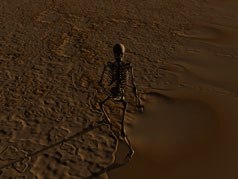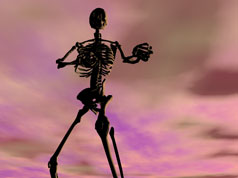Vocabulary of Camera
Aerial Shot
An extremely high angle view that is commonly considered a bird’s
eye view. It is the perspective of action as seen from a plane, helicopter
or elevated position.

Aerial Shot of a car
Blocking
The arrangement of actors and major props. In traditional theatre blocking
is respective of the audience location. In cinematics blocking is respective
of camera position.
Camera Angle / Position
The placement of a camera relative to the main focal elements of the scene.
The scriptwriter may make suggestions about camera position based on artistic
visualization. Camera position changes the audience’s response to
a scene.
High angle and low angle of same subject (click to enlarge)
Continuity Style
The style of filming that emphasizes spatial and temporal continuity between
sequences. This is the dominant style of filming scenes. The continuity
style encourages audience understanding by promoting a sense that events
were filmed as they happened.

1. Establishing Shot

2. Master Shot
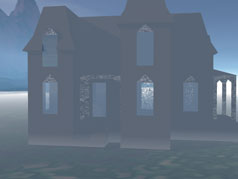
3.Full Shot
Cutaway
A single shot inserted into a sequence that momentarily interrupts the
general flow of action. A cutaway may be used to provide information about
setting or other important details.
Detail Shot
A highly magnified version of a close-up. It is meant to show a fragment
of a whole subject.
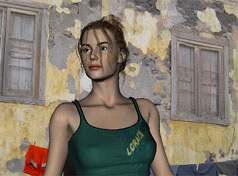
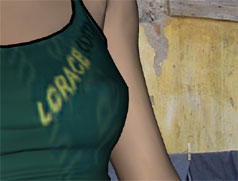
Detail of shirt
Establishing Shot
A shot meant to orient the viewer to important information about the mood
or environment of subsequent scenes. Establishing shots are generally
wider than master shots.

Follow Shot
A shot in which the subject is followed
Jump Cut
A set of contiguously placed shots that omits frames to produce a general
sense of choppiness. Jump cuts are often used to portray eventsin a short
amount of time.
Loose Composition / Loose Shot
When a shot is composed loosely, the frame around the shot contains a
significant amount of space.
Master Shot
A shot from which all dramatic events can be understood. If no other shot
was used for the sequence, a master shot would suffice to inform the audience.
A master shot is typically not as wide as an establishing shot.

Montage
A collage of related symbolic shots that convey story without using dialogue.
A montage may use a dissolve or similar transition.
Off Camera / Off Screen
The same as offstage, it is a direction that indicates action or sound
occurring out of the view of the audience.
On Camera
The same as on stage, it is a direction that indicates action or sound
occurring in view of the audience.
Over the Shoulder (OTS)
A shot in which the main subject is framed by the back of the head and
shoulder of a foreground subject. This is common in filming conversation.
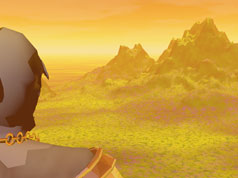
Over the sholder (OTS) shot
Perspective
The same is in graphic arts, the illusion of depth on a two dimensional
surface.
Point of View (POV)
The viewpoint. It is understood that a point of view is meant to represent
that of a character in the scene.

POV Shot
Principal Photography
The production photography of a film or cinematic sequence. The
term is also used to define the time during which the action is occurring.
As in “we were in principal photography for 3 months.”
Reaction Shot
The shot of a character’s reaction, typically in dialogue. A typical
reaction shot is done as an OTS in close up, while the foreground character
is speaking.
Static Camera
Any shot in which the camera does not move.
Take
One version of a shot. In normal filming the action of a film is repeated
for several takes until the director interprets a harmony in cinematic
elements.
Tight
A shot that leaves very little space between the subject and frame.

Voice-Over (VO)
The voice of an unseen narrator
Wipe
A type of gradual transition between shots.
